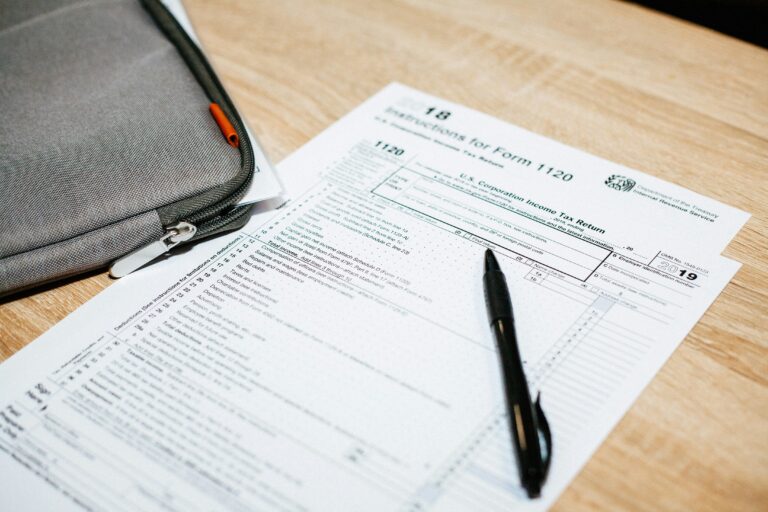
The main feature of real estate companies (“ReCo”) is that they own properties that have been acquired to generate income in the form of rents and/or for anticipated increases in property values. The assets (real estate) acquired should then be classified as “Investment property” for accounting purposes.
“Investment property”, comprising land, perpetual usufruct of land, buildings and structures and intangible assets, includes such property which is not used by the Company for its own purposes but has been acquired or manufactured to bring benefits in the form of appreciation in value and/or rental income.
Balance sheet valuation methods
For assets that have been classified under the heading “Investment property”, Polish accounting regulations provide for two methods of valuation:
- In the manner envisaged for fixed assets, i.e. the cost model, i.e. at acquisition or production cost, less depreciation and impairment losses,
- at market price or otherwise specified fair value.
Given the need to account for the current valuation of real estate in the financial statements, the fair value model seems best for ReCo companies. Then the change in the fair value of the property (an increase as income or a decrease as an expense) is recognized on an ongoing basis in the entity’s income statement, while the balance sheet shows the value at market price or otherwise determined fair value.
At the same time, some entities are not interested in disclosing the change in the fair value of real estate in the balance sheet and current profit and loss, and choose the valuation model according to the cost model. Then the change in the value of real estate is mainly due to depreciation (amortization), and in the balance sheet the value is shown at cost.
The decision on the choice of valuation method is made by the entity’s manager (management) in the accounting policy adopted by the entity.
Fair value model
Acquired assets (land, perpetual usufruct of land, buildings, furniture and equipment, structures and intangible assets) are classified as investment property.
Investment property is initially measured at cost. The cost of an asset is the purchase price of the asset, including the amount due to the seller, net of deductible value added tax, and increased by the costs directly attributable to the purchase and bringing the asset into a state fit for use, and reduced by discounts, rebates, other similar reductions.
The purchase price also includes the cost of servicing the liabilities incurred to finance them for the period of construction, assembly and adaptation.
Once property is taken into use, investment properties are recognised at fair value. Fair value is usually determined, at least at the balance sheet date, on the basis of a valuation by an independent valuer. Differences resulting from the revaluation to fair value are recognised in the income statement under other operating income or other operating expenses in the item “revaluation of non-financial assets”.
Valuation of real estate according to the fair value model means that the Company does not recognise depreciation in the income statement. As the differences resulting from the revaluation to fair value are not recognised for tax purposes, the application of the fair value model to the valuation of real estate most often means that deferred tax must be calculated.
Cost model
When valuing investment property according to the cost model, the company enters the individual property components into the records at cost and assigns a depreciation rate. As part of this exercise, the individual assets that make up the property must be identified and entered into the records. In practice, such components as land (right of perpetual usufruct of land), buildings, furniture and equipment, structures (an important additional subdivision for property tax purposes) are most often identified under ‘Investment property’.
If depreciation rates other than those specified for tax purposes are used, it is most often necessary to calculate deferred taxes.
Tax depreciation
One of the negative consequences of applying the fair value model to property valuation is the lack of depreciation for tax purposes. The provisions of the so-called ‘Polish Deal’, in force since 2022, introduced the principle that real estate companies can recognise as deductible for tax purposes depreciation and amortisation charges on commercial and residential buildings in an amount not higher than the value of depreciation and amortisation charges made for accounting purposes charged to the financial result.
In practice, these provisions have excluded depreciation of buildings for tax purposes in the case of real estate companies that value buildings according to the fair value model and thus do not depreciate them for balance sheet purposes. It should be noted that emerging administrative court judgments question the absence of tax depreciation in ReCo companies using the fair value model valuation.
Our support
The correct classification of an entity into the real estate company category and its accounting records is important for ongoing tax settlements as well as reporting obligations. Check out our accounting and tax settlement services or contact us directly. We are here to make your business easier.
We provide accounting and tax compliance services for real estate companies.






